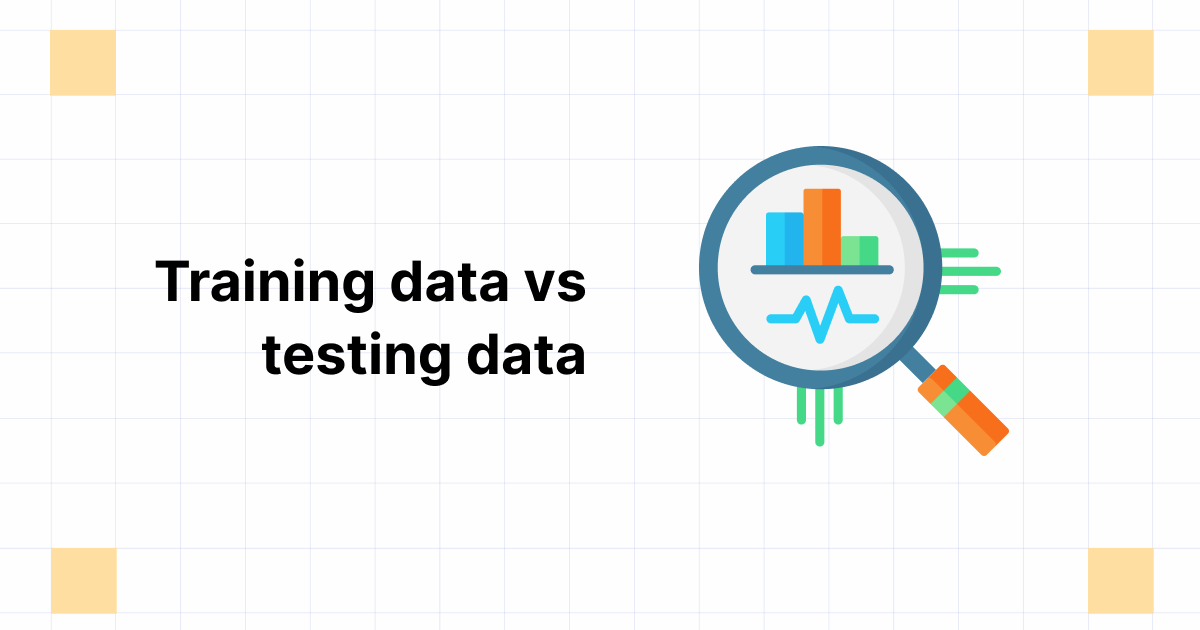
Source: https://testsigma.com/blog/difference-between-training-data-and-testing-data/
Top difference between training data and testing data

When I talk about machine learning, what pops out of your brain? We are frequently asked about the distinction between training and testing data. So, we decided to explain it in detail through this blog. Understanding the disparity between these two data types and utilizing them appropriately is essential.
Knowing the difference between these two data types ensures that the machine-learning model is reliable, accurate, and effective.
Read more about AI and ML in software testing here: **https://testsigma.com/blog/ai-and-ml-in-software-testing/**

This blog post explores the primary purposes of training and testing data, the techniques used to prepare them, and the potential pitfalls that can arise when misusing them and about automation of the data.
Do you know: The training data is always correct!
Machine learning algorithms learn from data in datasets. They find patterns in the data, develop an understanding of the data, make decisions based on the data, and evaluate the accuracy of their choices.
In machine learning, datasets are typically split into two subsets: training and testing data. The training data is used to train the machine learning algorithm. The testing data is used to evaluate the accuracy of the trained algorithm. The training data should represent the data the algorithm will encounter in the real world.
Testing data is like a box of chocolates. You never know what you’re going to get.
Once you have trained your machine learning model on a dataset, you must test it on unseen data to evaluate its performance. This unseen data is called the testing data. This is similar to the test data used in software testing, just the context is different here. In software testing, we use test data to ensure the software works well for given data. In machine learning, we use testing data to ensure the model works for the given testing data. The testing data should meet two criteria:
The testing data should be new, “unseen” data the model has not seen before. This is because the model will already have learned the patterns in the training data, so testing its ability to generalize to new data is essential.
The testing data can be used to evaluate the model’s accuracy, robustness, and fairness. It can also be used to identify areas where the model needs to be improved.
Splitting the data into 80% training data and 20% testing data is common in data science. This means that 80% of the data will be used to train the model, and 20% will be used to test the model.